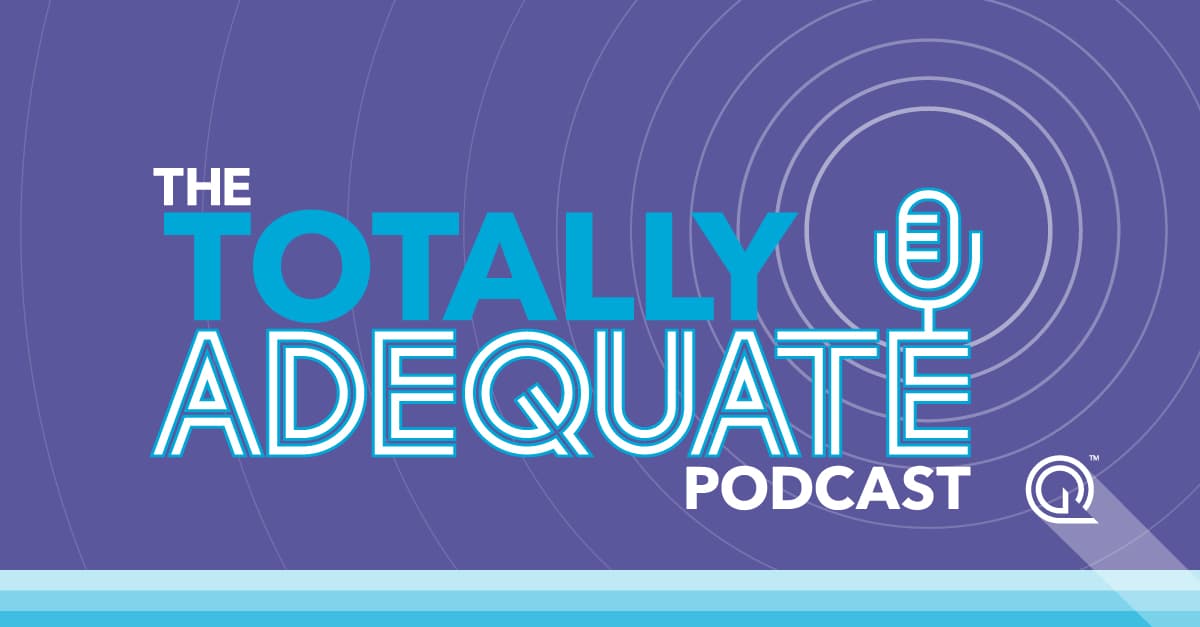Looking for the latest updates on network adequacy and provider directory health policies? You’ve come to the right place. Let’s dive into the latest federal and state policy developments.
Federal Policy Updates
Regulators and policymakers are dedicated to strengthening the oversight process for Medicare Advantage, Marketplace, and Medicaid Health Plans, both at the federal and state levels. Their primary objective is to ensure high-quality and accurate provider networks, ultimately improving access to care for patients. Here’s what’s happening on the federal front.
Requiring Enhanced & Accurate Lists of (REAL) Health Providers Act
New Policy Aimed at Ghost Networks in Medicare Advantage Organizations
Ghost networks are a growing concern in Medicare Advantage Organizations, where provider directories may contain misleading or inaccurate information. To address this issue, Senators Ron Wyden, Michael Bennett, and Thom Tillis introduced the Requiring Enhanced & Accurate Lists of Health Providers Act, also referred to as the REAL Health Providers Act. This legislation strives to prevent ghost networks by placing stronger requirements on Medicare Advantage plans to maintain accurate and up-to-date provider directories.
Under the proposed legislation, Medicare Advantage plans would be required to verify provider directory information at least every 90 days. Additionally, Medicare Advantage plans would be required to note in the directory providers whose information could not be verified and to remove providers listed in a directory within 5 business days if the organization determines the provider is no longer participating in the network.
What’s Next? Year-End Bill Considerations
On November 8, 2023, the Senate Finance Committee approved the Better Mental Health Care, Lower-Cost Drugs, and Extenders Act. This act encompasses the Requiring Enhanced & Accurate Lists of Health Providers Act. Going forward, House and Senate committees, along with leadership, will engage in negotiations to determine which healthcare policies could be included in the year-end bill and the necessary funding offsets.
Proposed Rule: Strengthening Oversight of the Mental Health Parity and Addiction Equity Act
Mental Health Parity Network Adequacy Safe Harbor Provision
The public comment period for the proposed federal rule intended to strengthen oversight of the Mental Health Parity and Addiction Equity Act (MHPAEA), ended on October 17, 2023. This proposed rule introduces a new “safe harbor” compliance requirement for network adequacy, applicable to group health plans and health insurance issuers across all commercial lines of business, including self-funded plans.
Two Key Components of the Safe Harbor Provision
- Addressing Ghost Networks: Payers would be required to analyze the percentage of in-network providers actively submitting claims to reduce ghost networks.
- Time and Distance Standards: Health plans would need to meet the forthcoming time and distance standards, which may be modeled after existing Medicare Advantage (MA) standards.
What’s Next? Reviewing Stakeholder Feedback and Determining the Final Rule
With the conclusion of the public comment period, the comments and feedback are currently undergoing careful review to inform the final rule.

Medicare Advantage Proposed Changes
Learn about the proposed changes for the Medicare Advantage Program in Contract Year 2025. Our brief provides a comprehensive overview of potential updates to network adequacy and provider directory accuracy requirements. Download it now for all the essential details.
Download The Policy Brief Now!
State Policy Updates
The states are also getting in on the action, rolling out new policies to improve network adequacy and provider data accuracy. Let’s take a closer look at the updates from Nevada, Oregon, Illinois, and Montana.
Nevada Division of Insurance: Proposed Network Adequacy Standards
Dental Time and Distance Requirements
The Nevada Department of Insurance has proposed an amendment to network adequacy time and distance standards for stand-alone dental plans (SADP). These changes aim to align the time and distance standards of SADPs more closely with those of the Federally-facilitated Exchange network adequacy requirements for Qualified Health Plans (QHPs). Ultimately, this alignment seeks to ensure that members have access to a diverse range of dental providers, including orthodontists, periodontists, and oral surgeons.
What’s Next? Public Hearing for Stakeholder Engagement
The Nevada Division of Insurance will hold an open hearing on November 20, 2023. This hearing is to gather comments on the proposed regulation and determine if it will burden or restrict small businesses. Interested individuals can provide feedback during the hearing.
Oregon Health Authority: Proposed Network Adequacy Standards and Network Monitoring Expectations
Expanding Network Adequacy Standards
The Oregon Health Authority (OHA) issued a proposed rule to amend network adequacy standards for Coordinated Care Organizations (CCOs) that manage Oregon Health Plans (OHPs) in the Medicaid and Children’s Health Insurance Program. The proposed rule expands network adequacy geographical designations, time and distance standards, and the list of providers associated with these standards. Additionally, the proposal includes the implementation of an exception process. Notably, one significant change is the transition from strict county-based designations to a new “radius ring” geographical area designation, allowing for extension beyond county borders in certain cases.
What’s next? Public Comment Period to Inform Final Rule
To provide feedback on this proposal, the agency is accepting comments until November 21, 2023, at 5:00 PM. Following the conclusion of the public comment period, the comments and feedback are currently undergoing careful review to inform the final rule.
Illinois Department of Insurance: Introduces Additional Legislation to Further Enhance the Network Adequacy and Transparency Act
Strengthening Network Adequacy and Provider Directory Accuracy
In a previous blog, we discussed the Illinois Department of Insurance’s implementation of its Network Adequacy and Transparency Act (NATA). To further strengthen network adequacy and provider directory accuracy compliance, additional legislation has been introduced to amend NATA. The proposed legislation includes new provider-to-enrollee ratios, provider wait time standards, a requirement that health plans verify provider data for accuracy, and the publication of network adequacy standards for stand-alone dental plans (SADPs).
What’s next? Pending House Rules Committee
The proposed legislation is currently pending review by the House Rules Committee. If passed, the changes could have a significant impact on health insurance networks in Illinois.
Montana Commissioner of Securities and Insurance: Notice to Amend Network Adequacy Requirements
Montana Network Adequacy Overhaul
The Montana Commissioner of Securities and Insurance announced intentions to introduce new network adequacy requirements. While the detailed language of the proposal is not yet available, the notice reveals critical categories that will be addressed, including provider-enrollee ratio requirements, provider verification, maximum wait times for appointments, geographic access criteria, and network monitoring, among others. This rulemaking stems from Montana legislation, which transferred the statutory duties from the Department of Public Health and Human Services to the Commissioner of Securities and Insurance relating to the Managed Care Plan Network Adequacy and Quality Assurance Act.
What’s Next? Engaging Stakeholders in the Development of Montana’s Network Adequacy Requirements
As the Montana Commissioner of Securities and Insurance moves forward with the rulemaking process, stakeholders in the healthcare industry will have the opportunity to provide valuable feedback and contribute to the development of network adequacy requirements that truly serve the needs of Montana residents. This collaborative approach fosters an environment that encourages innovation, promotes quality, and facilitates access to care for all individuals in the state.
Future Network Adequacy and Provider Data Accuracy Rules
Coming Health Policy Changes to Strengthen Provider Network Oversight
Overall, it’s clear that the focus on provider data accuracy will only grow as we move forward. With many legislative sessions in progress, we expect updates on federal and state laws. Rest assured that we’ll keep you informed as we learn more. Stay tuned!
Proven Solutions for Your Provider Network Management
Looking to simplify your workload? Let Quest Analytics take on the heavy lifting! Our solutions and dedicated team specialize in provider data accuracy and provider network adequacy for various lines of businesses, including Medicare Advantage, Medicaid and Commercial. Schedule a strategy session today and see how we can help you every step of the way.










